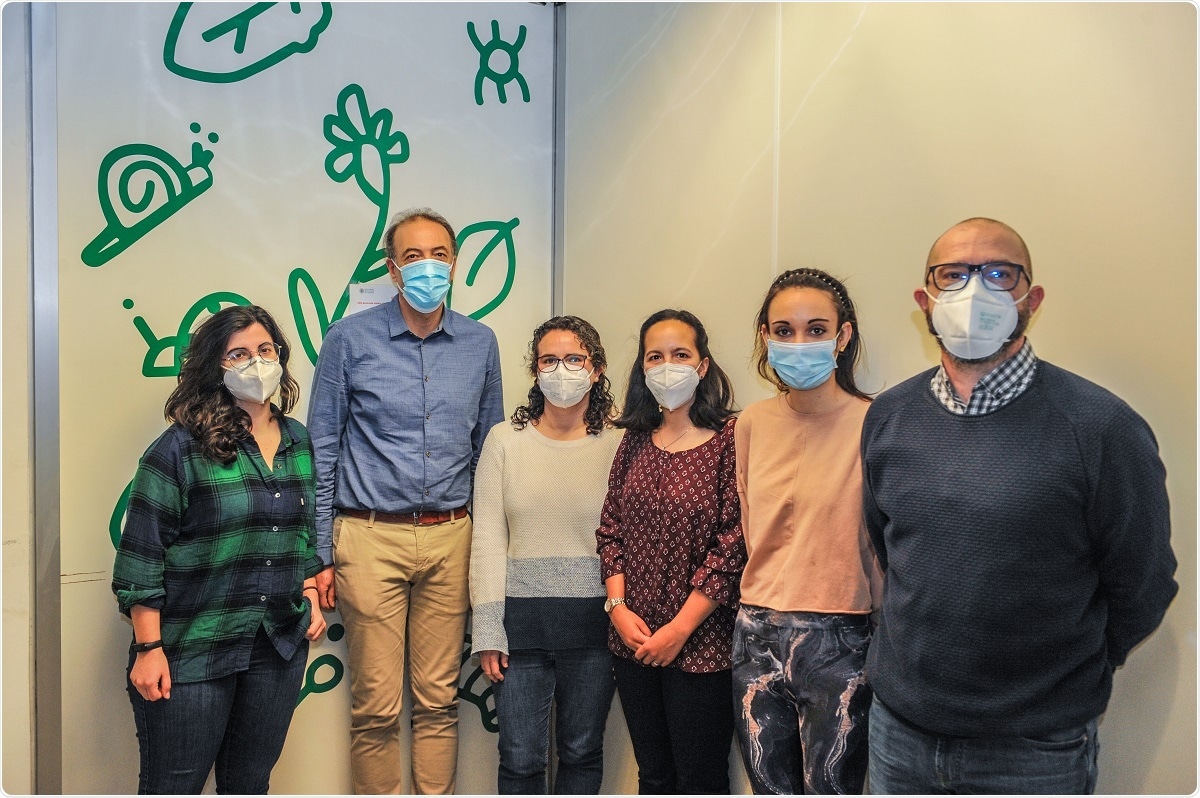A new study performed by the IBMCP of UPV University enables the use of the CRISPR genomic editing technique on plants.

Image Credit: Asociación RUVID.
A research team from the Institute of Plant Molecular and Cellular Biology (IBMCP)—a mixed center of the Spanish National Research Council (CSIC) and the Polytechnic University of Valencia (UPV)—has taken another step to enable genomic editing of plants.
This latest breakthrough will facilitate the use of novel CRISPR systems—genetic cut and paste method—which paves the way to achieve new and more nutritive and productive varieties that are more impervious to pathogens, plagues, and other environmental threats, like adverse temperatures and drought.
The study, performed by the IBMCP team, has been published in The Plant Journal.
The novel gene-editing technologies obtained from the CRISPR/Cas systems of archaea and bacteria make it viable to edit the genetic data of almost all organisms on demand, which is representative of a real breakthrough in the biotechnology field.
But in the case of plants, the CRISP/Cas gene editing continues to be an arduous process that involves a significant amount of time and a major experimental deployment. Now, this breakthrough of the IBMCP team would make it faster and easier.
In plants, in order to express the reagents needed for the desired edition of the genome— typically a Cas nuclease and guide RNAs (sgRNA)—, there must previously be a genetic transformation of the plant tissue, usually with bacterium Agrobacterium tumefaciens. An alternative to streamline this process consists of using a line transformed with a Cas nuclease, for example, Cas9, and expressing the sgRNAs with a viral vector.”
José Antonio Darós, Scientific Researcher of Spanish National Research Council, Institute of Plant Molecular and Cellular Biology, Polytechnic University of Valencia
In the gene-editing process, the genomic DNA is cut by nuclease Cas9 at the required position guided by the sgRNAs. Therefore, while Cas9 is a standard element in all gene-editing processes, sgRNAs modify based on the gene that needs to be edited, and this makes the process more challenging difficult.
The answer revolves around the vectors extracted from plant viruses which, owing to their movement and replication abilities, can express high concentrations of sgRNAs in all the tissues of the plant in a very minimal time.
The IBMCP team has designed a novel viral vector, which was isolated from virus X of the potato. This viral vector allows concurrent expression of several sgRNAs in an efficient and simple manner.
The results of our research have shown how several sgRNAs can express themselves with this viral vector without having to separate them with signals to process them. Even so, high levels of editing are reached in all genes.”
Mireia Uranga, Study Co-Author, Institute of Plant Molecular and Cellular Biology, Polytechnic University of Valencia
The IBMCP researchers have also validated how new plants can be produced from the seeds of the plants infected by the vector with a perfectly edited genome which are virus-free.
This type of technological progress will greatly streamline the obtention of new varieties of plants with improved nutritional and agronomic properties.”
José Antonio Darós, Scientific Researcher of Spanish National Research Council, Institute of Plant Molecular and Cellular Biology, Polytechnic University of Valencia
Source:
Journal reference:
Uranga, M., et al. (2021). Efficient Cas9 multiplex editing using unspaced sgRNA arrays engineering in a Potato virus X vector. The Plant Journal. doi.org/10.1111/tpj.15164.